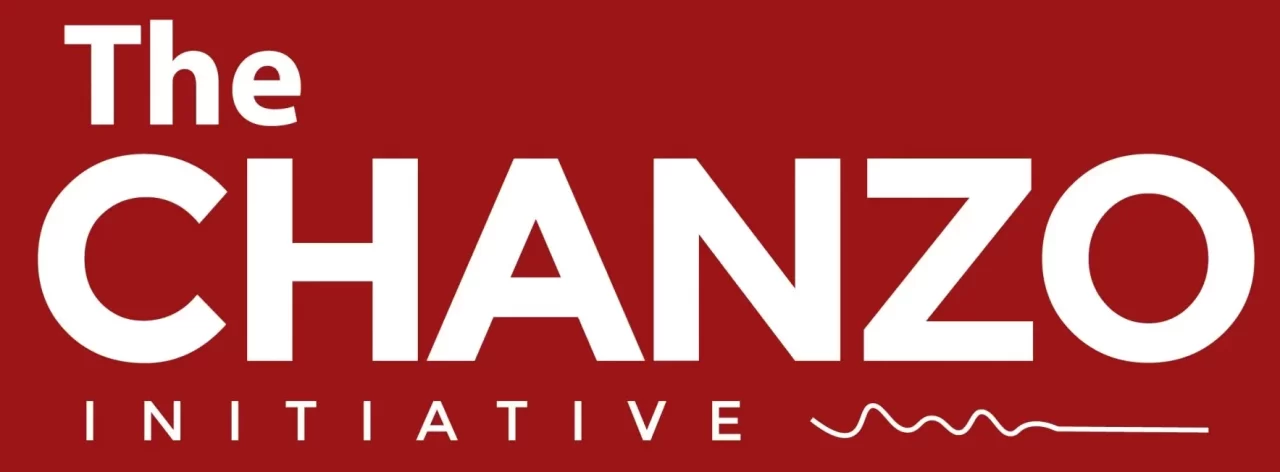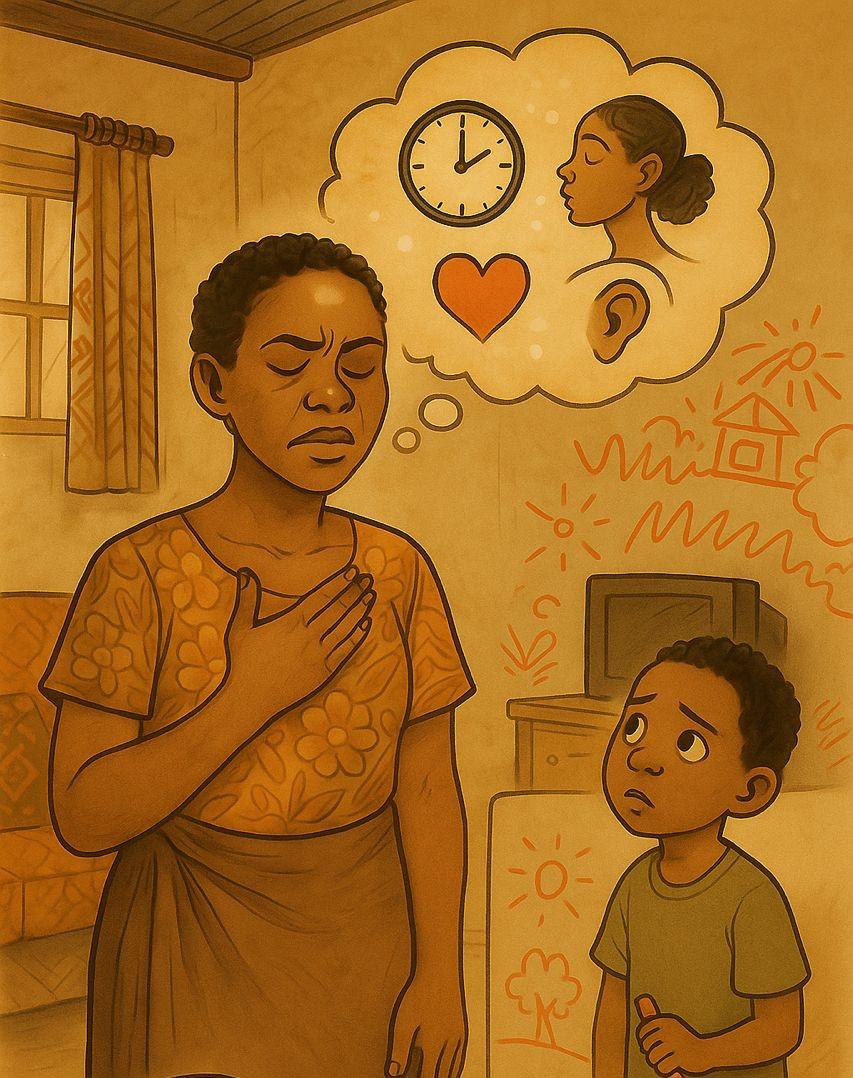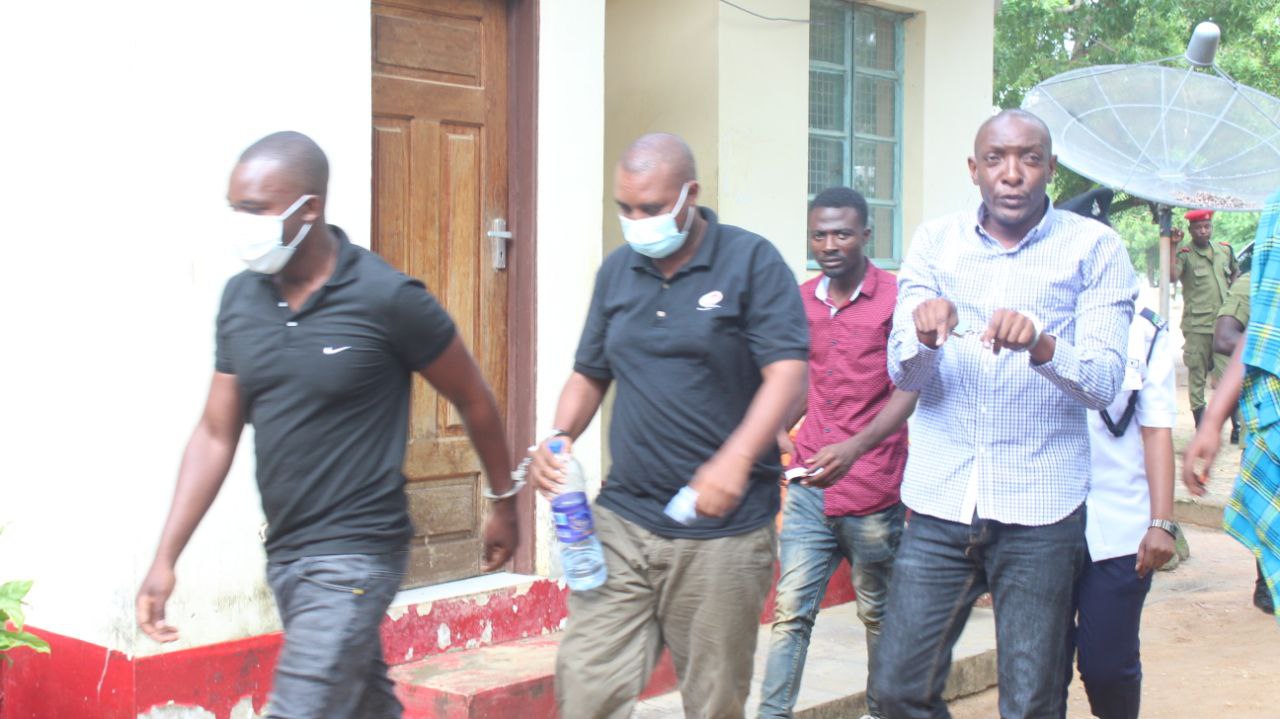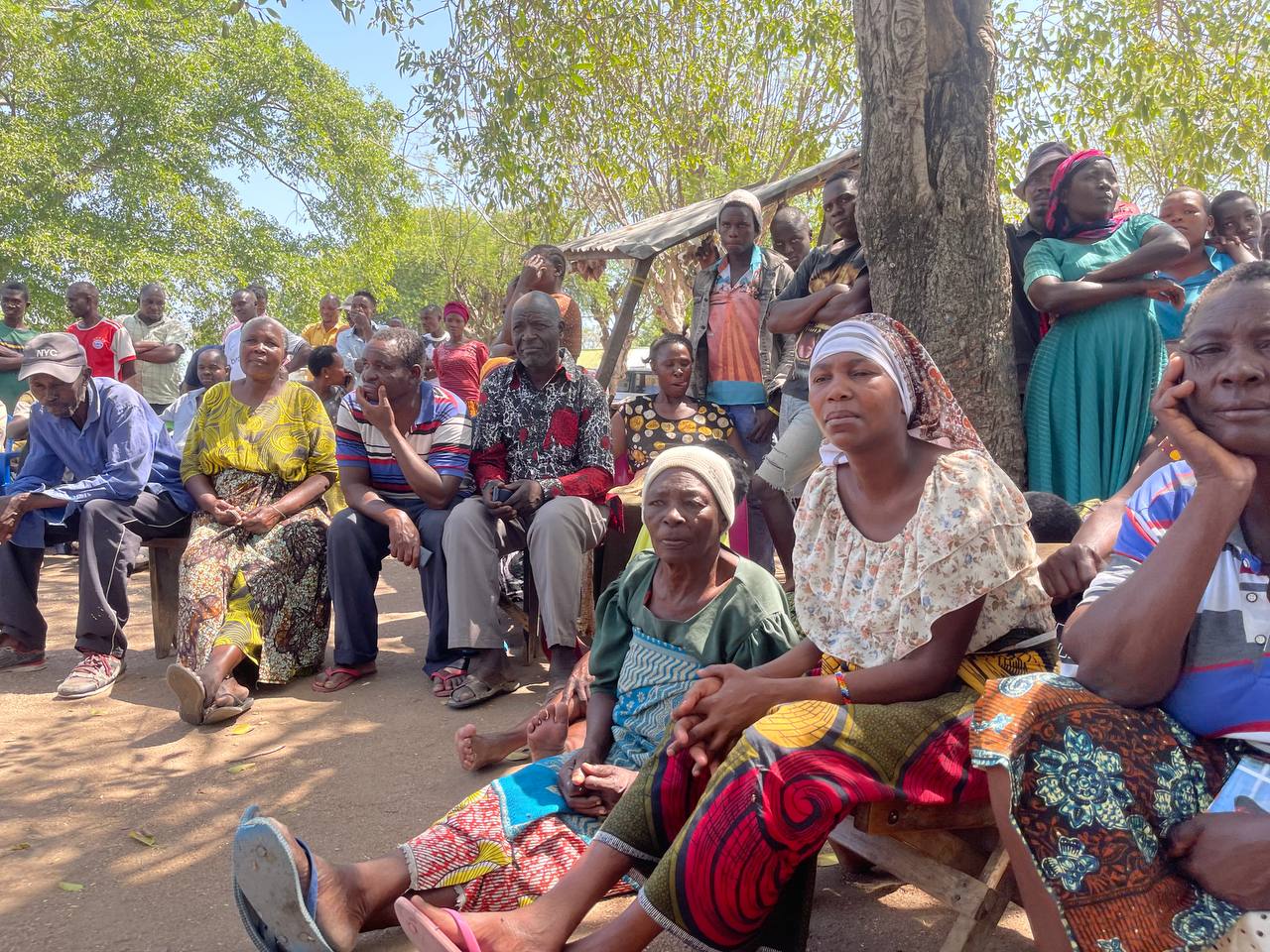On April 6, 2021, President Samia Suluhu Hassan signaled her unhappiness on the Ngorongoro Conservation Area’s future, suggesting that the property is on the brink of extinction if the population there is allowed to rise beyond 100,000 people. President Samia wondered how authorities allowed this to happen on their watch.
“Ngorongoro runs the risk of being extinct,” President Samia said during a function to swear in appointed government officials at State House, Dar es Salaam. “We agreed that Ngorongoro is an area of a particular kind where people and animals can co-exist. But it appears now that the number of people surpasses that of animals. When the contract [that allowed the coexistence of people and animals in the area] was entered, the human population numbered 9,000. Now, there are about 90,000 and 100,000 with respective authorities just watching [the number going up]. [It’s true] that we agreed that people and animals co-exist but not to this extent. I don’t know how you’re going to relocate these people [to other areas], but at least you can control the population to 100,000 so that the number doesn’t increase.
I suspect that Mama Samia, as she’s fondly referred to, has been fed nothing but lies by her assistants who have been using such a narrative to justify their ill will against the pastoral people in Ngorongoro in the last three decades. I’ll try to debunk this narrative in this piece and several others that I’ll publish in this space. This is important for in a world deluged by purposeful misinformation, clarity is power and may help those making decisions to reach conclusions based on facts, truth, and conscience.
Removal of pastoral people from Serengeti
Ngorongoro was part of the Serengeti Game Reserve during the British colonial era and was split from Serengeti with the view of making the latter a national park exclusively for wildlife and for that reason, pastoral people were removed from Serengeti by the colonial regime in 1959. The majority of those removed were brought to the other part of the defunct reserve (now the Ngorongoro Conservation Area). Both Ngorongoro and Serengeti were initially home for pastoral people for several centuries.
After a forceful eviction out of the now Serengeti National Park, pastoral people were promised by what President Samia called a contract that they will be permitted to permanently live in the now Ngorongoro Conservation Area. In the same year of 1959, a plan to initiate a conservation scheme in Ngorongoro was brought in with an assurance to the pastoral people that this scheme (conservation) will be for their interests and should there ever come a time that the three interests of people, conservation and tourism are incompatible, then conservation and tourism should be extinguished.
Sixty-one years later, President Samia says that it’s over; we cannot accommodate the three interests but, contrary to what she referred to as contract, it’s the people who should give space. So, my grandmother and my parents, who happened to be a victim of the Serengeti eviction, are now threatened to be evicted the third (the second was from the Ngorongoro Crater in 1975) time for the benefit of State tourism and allegedly world interest as if they are alien
The ‘Ngorongoro is threatened to extinction by the pastoral people’ narrative is not only false (it is based on the claims that the population in Ngorongoro has risen from 9,000 people to 90,000 people between 1959 and 2021, the figures that I believe were manipulated to justify the current move). It also has had long-term effects on individual income and collective sustainability of pastoralism as a system of livelihood. Our people are asked to produce a passport or ID that has never been issued by any authority in this country or is non-existent as was the apartheid regime.
Some are arrested for lawful import from the neighbouring districts of material like a door to close their house at night taking into account the stay with wildlife, or a motorcycle, among many other items that should have been unquestioned right of other citizens. All these have led to massive impoverishment of pastoral people of Ngorongoro, forcing young men and women to roam in different cities in the east, central and the Horn of Africa as far as Burundi, the Democratic Republic of Congo (DRC) and Sudan seeking a better future, leaving women and elderly in an island of poverty.
Lies and more lies
The narrative is also false. When the Conservation Area was first established in 1959, the population was almost 9,000 and the National Bureau of Statistics (NBS) suggests that there were more than sixty thousand people in the area in 2012. If the population rises by 30 per cent as per NBS data (2012 National census), then the NCAA population by 2022 will be approximately or slightly beyond 80,000 people. President Samia and her government suggest that Ngorongoro, a land of 8,292 km² area cannot accommodate around 90,000 pastoral people! If we are to go by the NBS (2017) estimates then the population density is now ten people per km², which is far much lower than the 51 people per km² nationwide..
In fact, Ngorongoro is geographically bigger than countries like The Gambia and Cape Verde. It is more than five times bigger than Dar es Salaam and almost four times bigger than Zanzibar. Besides, the same animals that the government complains to be nearing extinction every year in their millions from Ngorongoro via Serengeti to the five times smaller Maasai Mara. Saying that they are on the brink of extinction in Ngorongoro, where its population density is 9 to 10 people per km², is nothing but a preposterous tale.
As for the claim that human settlement disturbs wildlife, available facts also render this claim false. Between December to April every year, which coincides with the only rain season in Ngorongoro, the migration of millions of wildebeest, zebra, gazelle among others, arrive in the Ngorongoro short grass plains. Wildebeest must be avoided by the pastoral people to avoid the deadly malignant fever to livestock particularly cows. So, in the five months that the wildlife migration is in the Ngorongoro area and the only calving period for the wildebeest, you cannot spot any single cow in the plain, making the claim that pastoralism is disturbing wildlife calving an argument dead on arrival. Limiting pastoralism access to the highland, which has been the case since 1974, and the more restriction in 2017 and the current recommendation being considered to grab 82 per cent of the NCAA land for conservation, mean nothing else to pastoralists than a genocide that should not be allowed to happen.
Ecologically speaking, Ngorongoro is well known besides the wildlife and people co-existence with the unbroken caldera, the fossil of the early anatomy of modern man (skull in Olduvai and the footprint in the Alaitole). These heritage features have been there for millions of years and have never been disturbed and pastoral people have been there before commercial institutions and modern governments discovered them. planning to expel pastoral people in Kakesio, Endulen, Nayobi, or Nainokanoka to preserve a human skull in Olduvai or footprint in Alaitole in some almost hundred kilometres is nothing but madness.
Zanzibaris, for instance, have not been removed from the Stone Town of Zanzibar to ensure the 17th-century heritage is preserved nor have Egyptians forced to leave their ancestral land for the sake of preserving the pyramids! How come then that only the people of Ngorongoro are told to leave their ancestral territories to preserve their history?
Complicity of the media
Early this year, Fred Manongi, the Ngorongoro Conservation Area chief conservator hosted a meeting with editors for the purpose of addressing challenges that face the Ngorongoro conservation area where the same narrative of extinction was sold to journalists. Manongi has been using the media for a very long time, seeking public sympathy for his extinction theory. Media outlets have covered this theory extensively as if it was an absolute truth, the most notorious in the list being JAMHURI newspaper whose story on its January 12, 2021, issue alleged that pastoral people are burning and trading charcoal, showing a picture of a bag of charcoal near a tarmac road, revealing their carelessness as the photo must have been taken from somewhere else as there are no such infrastructures(tarmac road) in Ngorongoro. Their carelessness and ineptitude notwithstanding, Tanzanian media have been playing a significant role in selling the false narrative about Ngorongoro and its theory of extinction without bothering to fact-check the claims and carry out their own independent investigation to reveal the truth that would provide their audience with a better understanding of the issue at hand.
When all is said and done, therefore, the purpose of the ‘Ngorongoro is threatened to extinction by the pastoral people’ narrative has never been to preserve ecology, wildlife, or its historical features. The ongoing vitriolic campaign against the people of Ngorongoro aims exclusively at giving rooms for some interest groups to undertake their private adventures in the place. It is not surprising, therefore, to see the recommendations by the multiple land use committees that call for some parts of the Loliondo area operated by the Otterlo Business Corporation operated by the Emirati royal family for hunting to be merged with the now Ngorongoro conservation area, allowing the emirate hunters, among many others, and access to a vast place free of people to undertake wildlife massacre in exchange of dollars. It is, therefore, a matter of public interest that President Samia suspends any consideration and implementation of any report about the future of Ngorongoro without the involvement of the community that has endured all the suffering in the last six decades to allow the government milk Ngorongoro resources.
Joseph Moses Oleshangay is a lawyer, advocate and human rights activist born and bred in Ngorongoro. He can be reached through his e-mail address which is joseshangay@gmail.com or via Twitter at @Oleshangay. These are the writer’s own opinions and they do not necessarily represent the viewpoint of The Chanzo Initiative. Want to publish in this space? Contact our editor at editor@thechanzo.com for inquiries.





3 responses
I thank the writer for this piece of document.
It’s so pleased that there will still be those who refuse to bend to trecherous n fictitious schemes.
It’s good to be a rebel but it’s far better to sharpen that rebellion to reach to the revolutionary heights.
Many thanks, we need every decision to be based on facts , truth, logic.
Many things which concern Ngoro*2 District
Like to give new district coz ngoro*2 is more big than other Religion in Tz